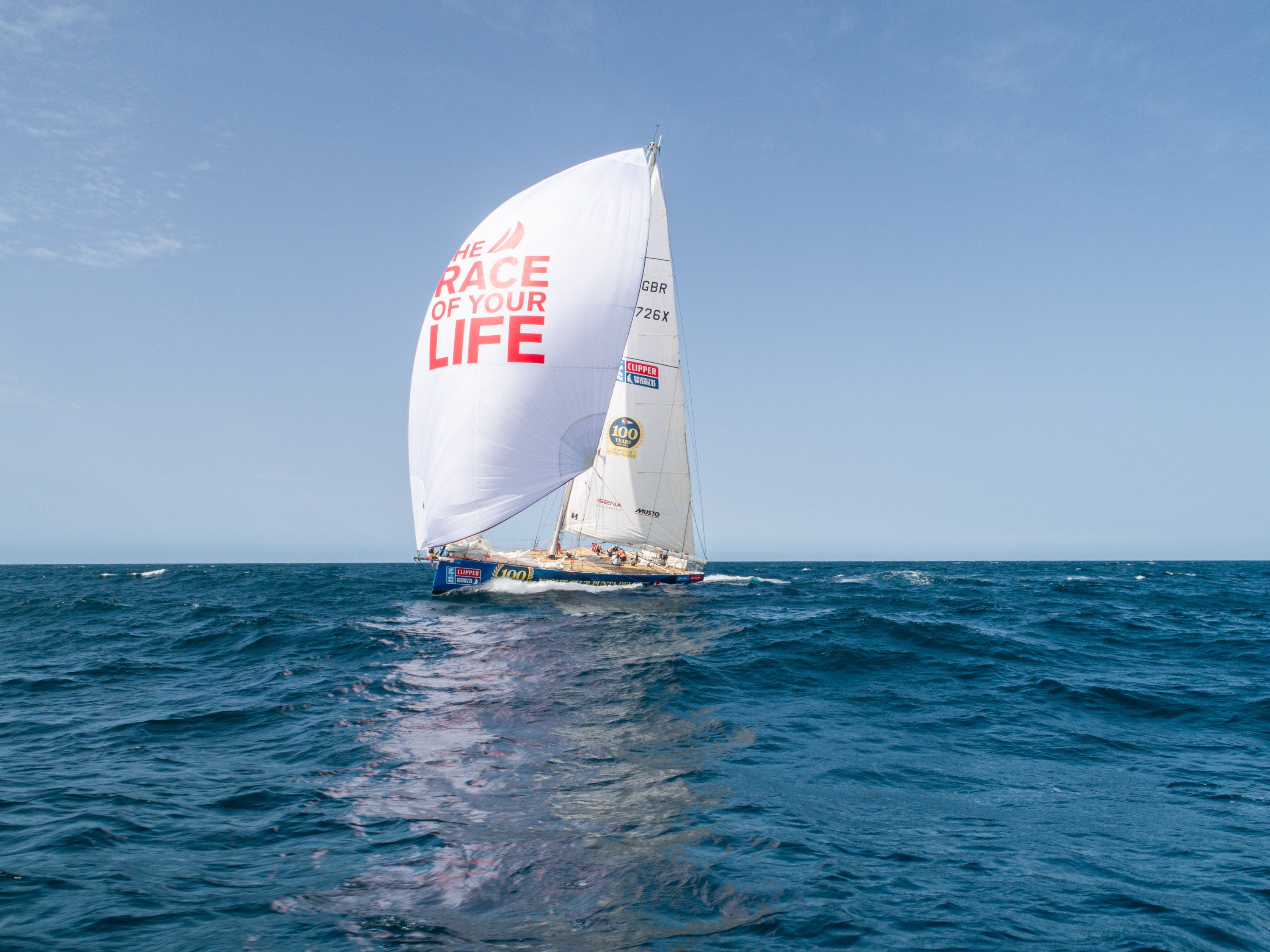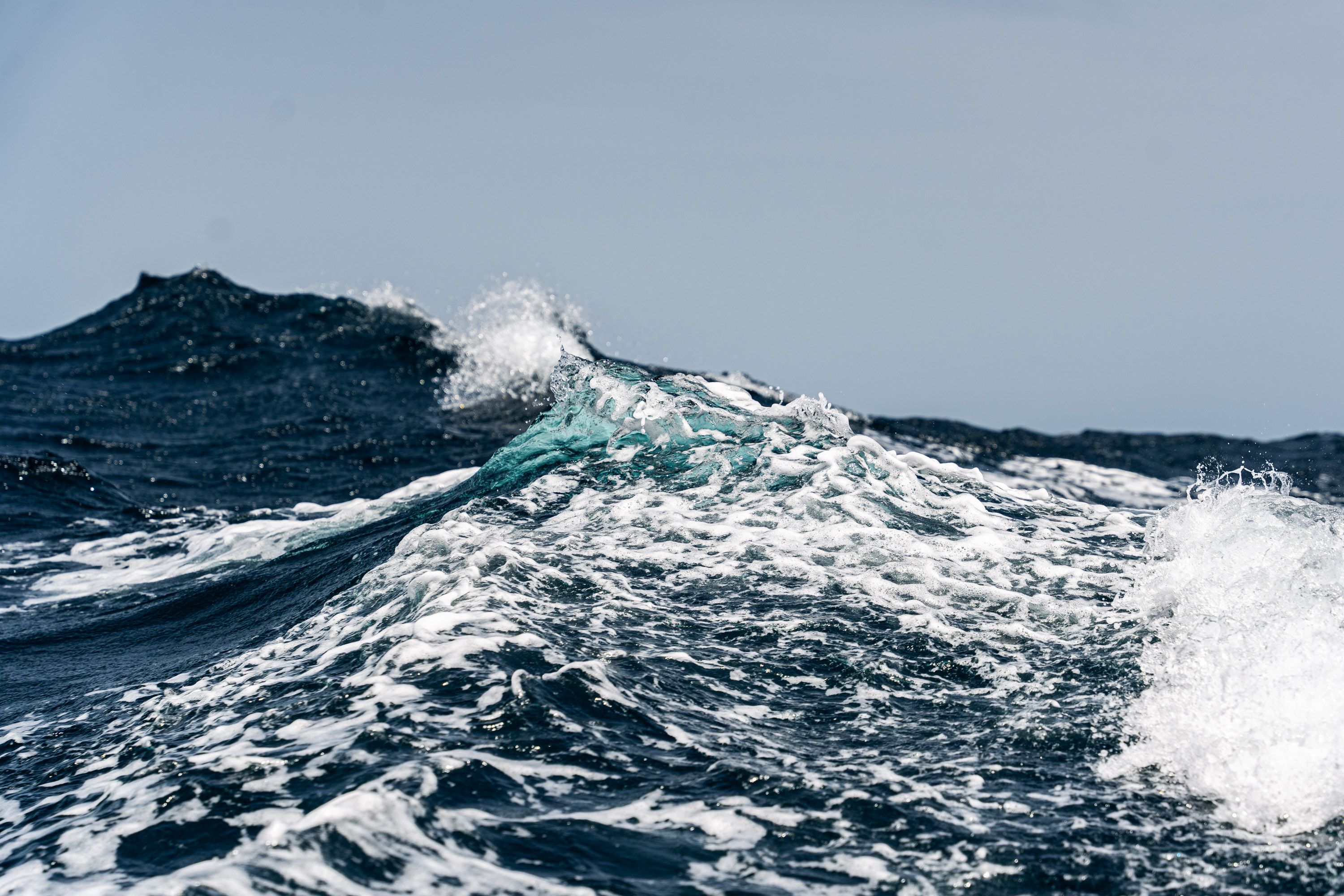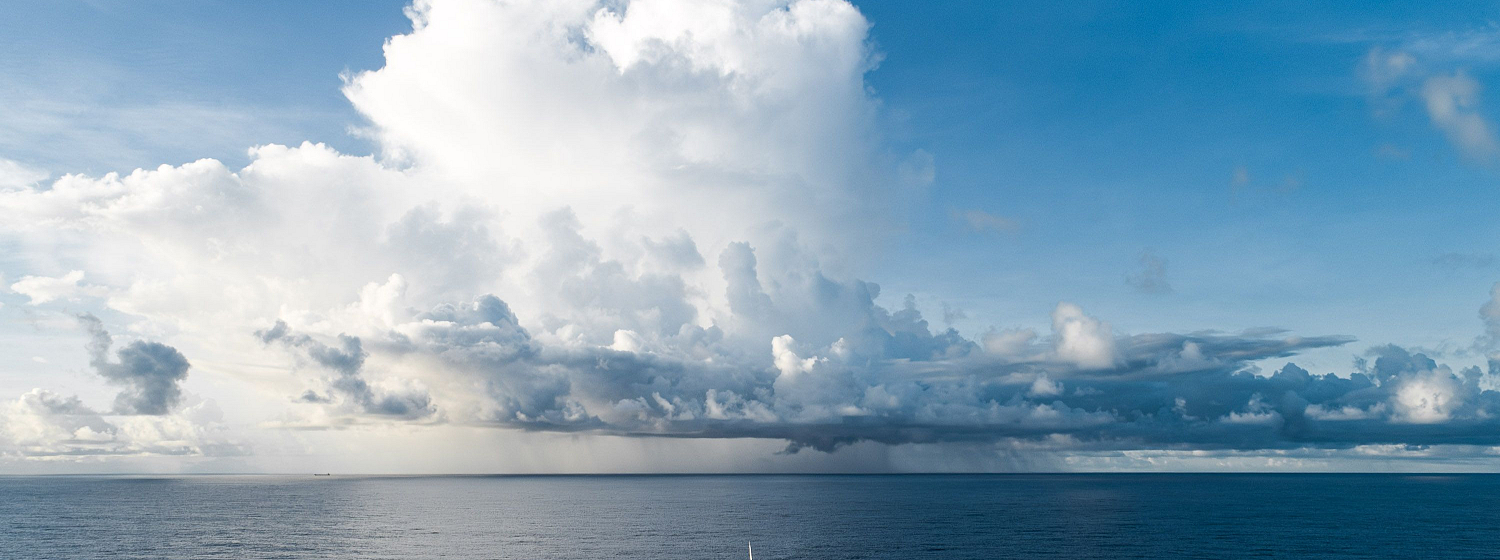Clipper Race Office Insight – Race 2: Hundred Years Cup – day 15
29 September 2023
Deputy Race Director, Dale Smyth, gives us his insight into the conditions ahead for the fleet as the teams head towards the Equator:
As the fleet exits the huge hurdle of the Inter Tropical Convergence Zone (ITCZ), most commonly known as the doldrums, teams will be significantly changing gears.

Image: Yacht Club Punta Del Este on Race 2: Hundred Years Cup
In the Northern Hemisphere, the fleet was hurtling towards the doldrums with spinnakers flying and fast averages with the North East Trade winds behind them. With its high heat, the ITCZ acts like a giant global vacuum cleaner, drawing in masses of air from the north and south and as these northerly and southerly winds are deflected by the rotation of the earth, they become the northeast and southeast trade winds that have served sailors so well over the centuries. As you exit the ITCZ and cross the equator, King Neptune will appear on board and there will be much celebration across the fleet as for many it will be their first time and they will transform from Pollywogs into Shellbacks.
This is also where the sailing really changes as they face a long upwind fight into the southeast Trade Winds to make sure they clear the corner of South America near Recife.
Historically, if sailors couldn’t make this vital point they were tragically pushed west and would have to complete a full circuit of the North Atlantic for a reattempt! Fortunately, these days we can sail much closer to the wind and this is of no concern to us but it doesn’t minimise the hard upwind sail needed to make it.
Once near Recife, the trade winds back and become more easterly. This will come as a huge relief for all as they ease their sheets, the boats flatten out and the speeds climb. This is also where they will be battling each other for the fastest time through the Ocean Sprint. Fast sailing should continue as the fleet speed towards Rio de Janeiro.

Image: Challenging seas on the race to Punta Del Este
Around this latitude, things become much more interesting, variable and unpredictable. If the fleet is lucky, they will continue to speed south with kites up, but this is not always the case.
The fleet will be sailing into an area well known for cyclogenesis, or in simple terms the development of low-pressure cells spinning in a clockwise direction. This would be the cause of some fierce upwind conditions and temperature drops. As these nasty lows head across the Atlantic towards the East and become more developed the headwinds along the coast should ease and the fleet returns to some downwind conditions. Hopefully this would last long enough, and the fleet has an easy and fast ride in, but between Rio de Janeiro and Punta del Este this is always a gamble. Whatever happens, the southern half of this leg is full of amazing and challenging sailing!
Join The Race